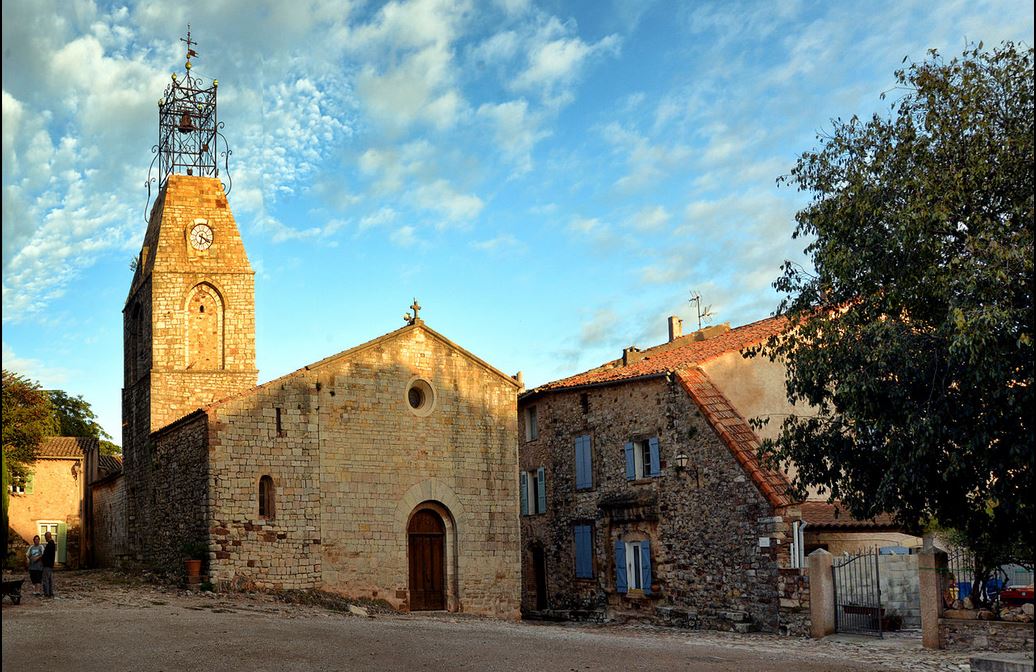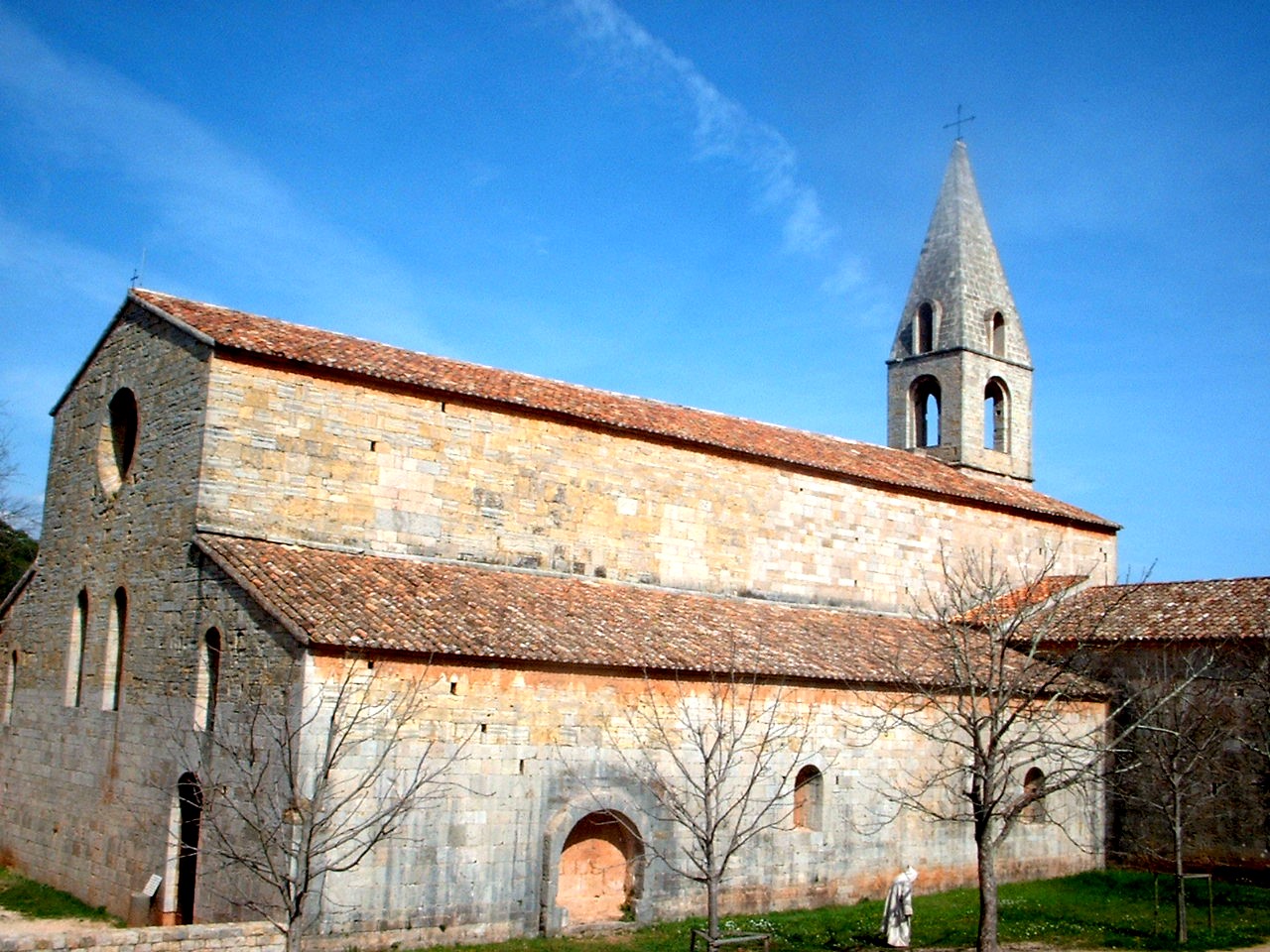While Port Grimaud is a dream destination for lovers of sea and sail, some of you will enjoy recharging in the abbeys and other religious places only a few dozen kilometers from Port Grimaud.
Cannet-des-Maures (45 minute drive from Port Grimaud)
Old Cannet-des-Maures sits on a rocky ridge that dominates the valley facing the Maures mountains and offers a beautiful view.
The old Saint-Michel priory dates back to the 11th century when it was occupied by Benedictines. The apse and two apse chapels are classic and very simple as a whole. On the portal keystone, you will notice a small decoration with two heads and a Chi-Rho. The bell tower, built in the 17th century with a campanile, brightens up the building.
Chartreuse de la Verne (45 minute drive from Port Grimaud)
Located in the Collobrières commune, Chartreuse de la Verne is reached by a long, winding road. It is surrounded by a very dense forest of many species including magnificent chestnut trees.
Chartreuse de la Verne’s history is similar to that of many other abbeys: fires and successive looting. It felt secure being so elevated, but it was not spared.
When donations flowed in the 12th century, lords then became jealous and ruthless with the Carthusians (imprisonment, punishment).
Religious wars, the Revolution and selling off some of its beautiful stones left Chartreuse in a sad state. But the building rehabilitation program (12th to 17th century) restored its lustre.
Roquebrune-sur-Argens (48 minute drive from Port Grimaud)
Leaving Roquebrune toward the sea, route D7 passes the old Saint-Pierre chapel, which has a rectangular shape and beautiful apse. Here, there was a priory that belonged to Saint-Victor de Marseille in 1043. This Romanesque structure is well-maintained and one of the oldest in the region.
Le Thoronet (53 minute drive from Port Grimaud)
This abbey is one of the best known and most admired in south-east France (along with Senanque and Silvacane).
Monks often chose the site of an abbey based on the proximity to abundant water and forest. This is the case with Thoronet, where water was bountiful and used in the lovely sink, kitchens, mill, latrines, and garden.
The buildings are made of different-sized stones, but with a dry stone method that interlocks and fits them together perfectly to prevent expansion. It is a truly remarkable construction. This may be the abbey which leaves you with the greatest sense of power, reverence, simplicity, and purity. By the end of the 12th century, the architect, or more likely the abbot, was especially gifted at predicting the path of light and sound in the abbey-church. In fact, the acoustics are exceptional.
We hope that visiting these holy places will help you discover the immense historical and religious heritage of the Department of the Var.



